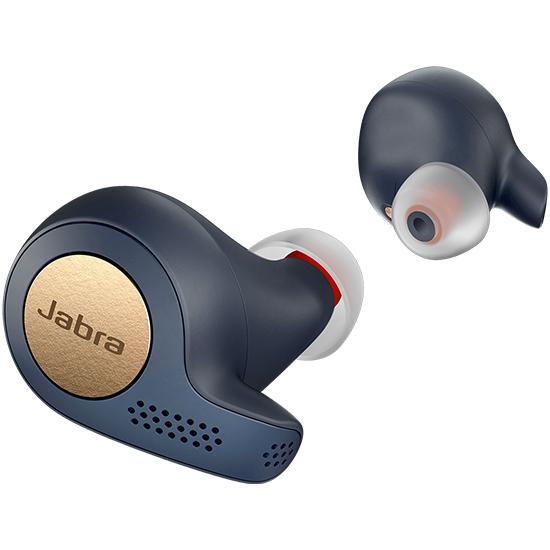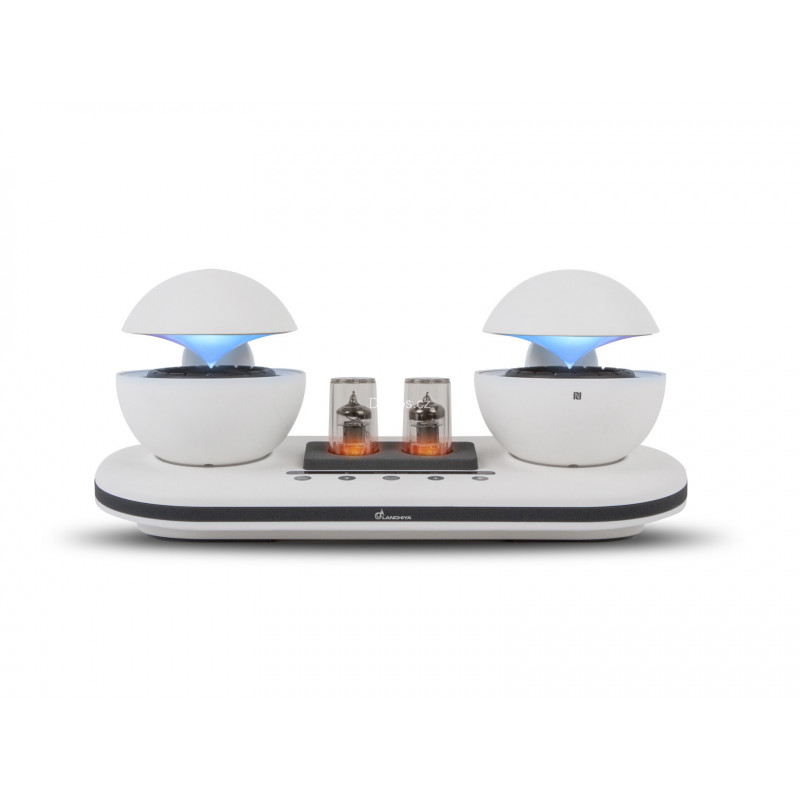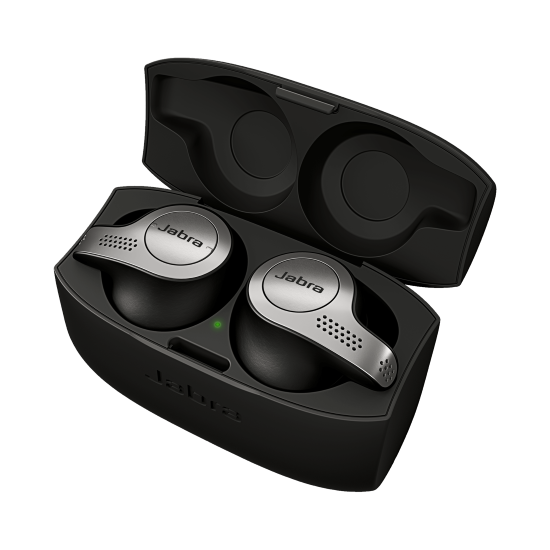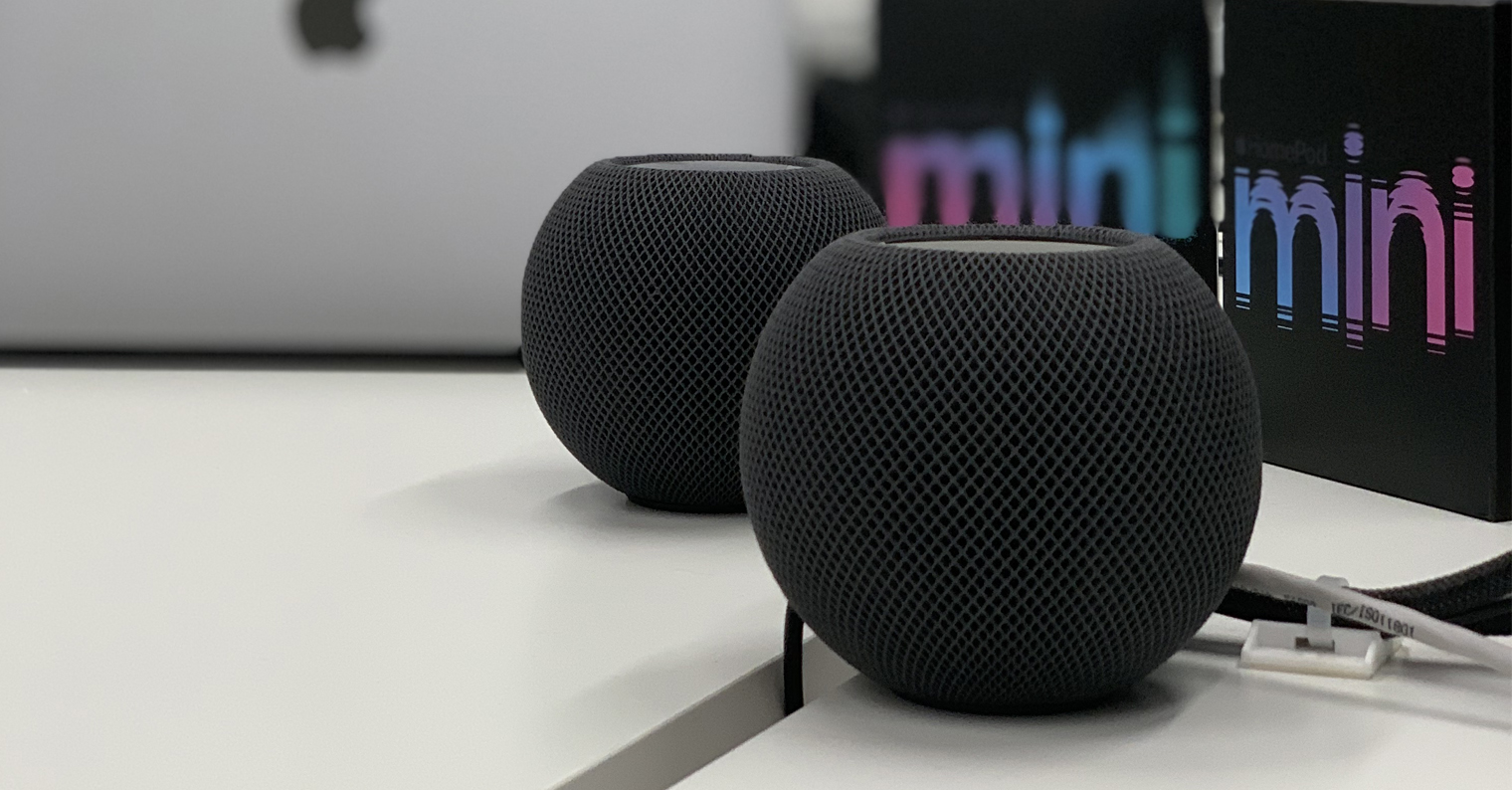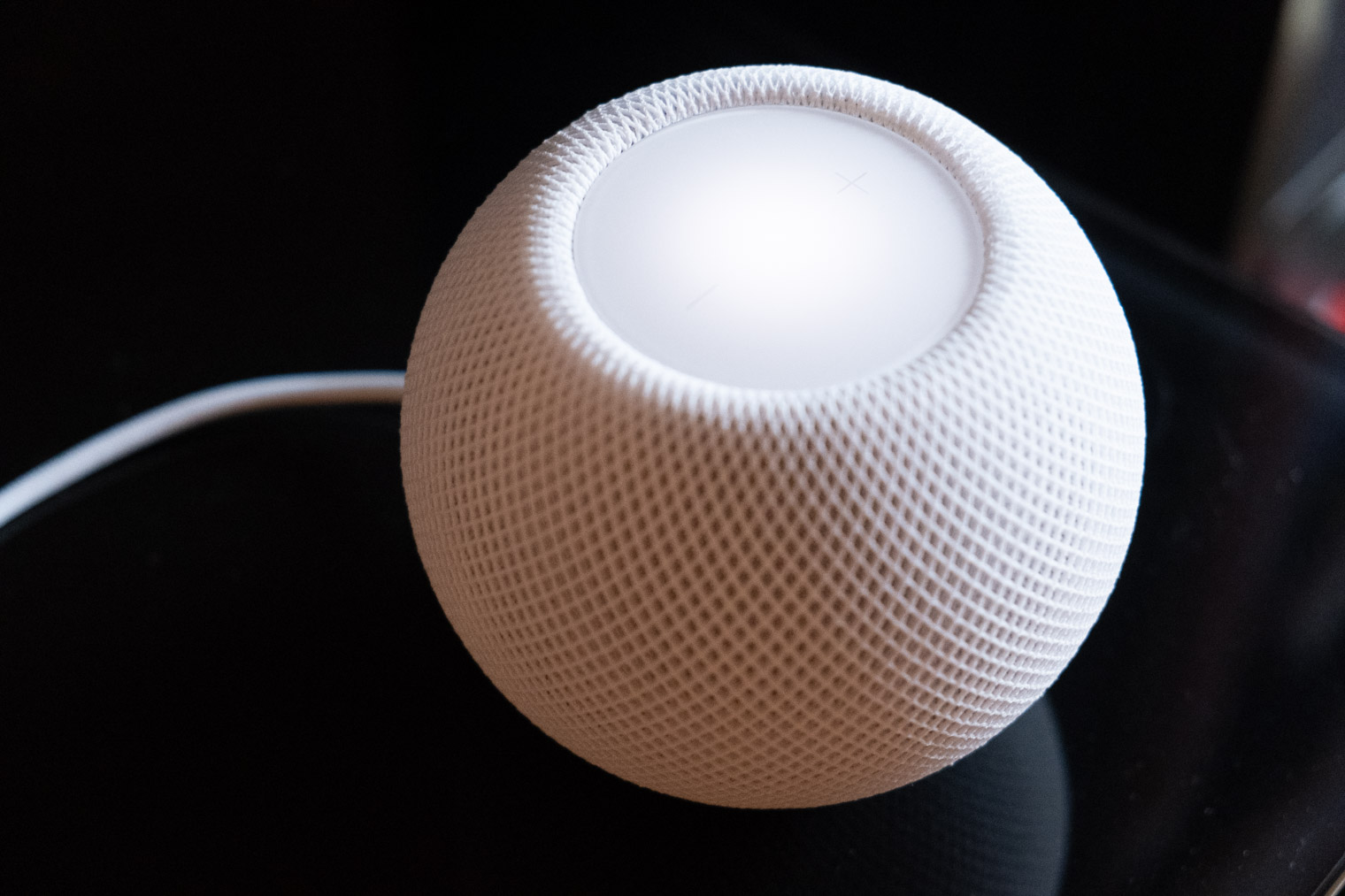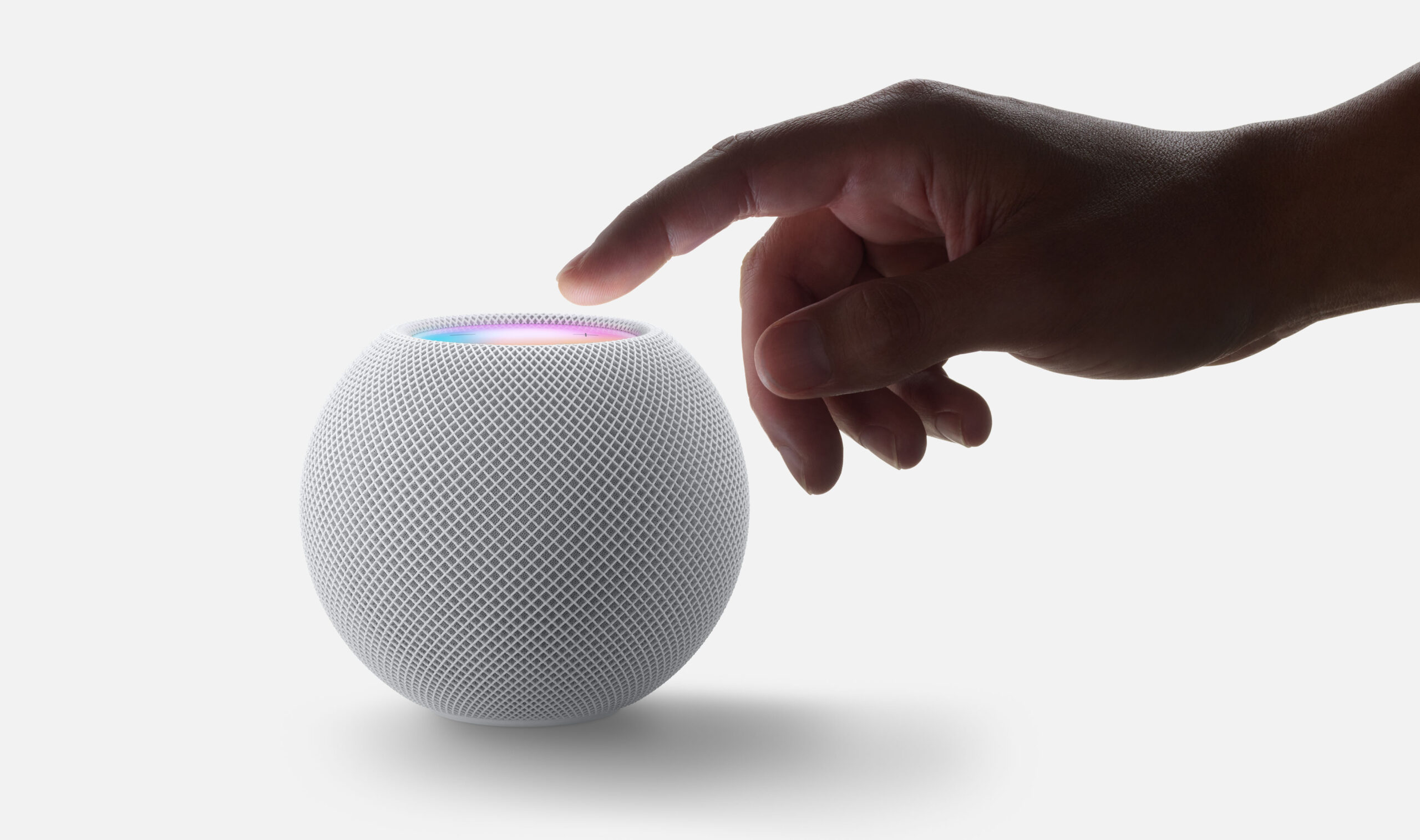As technology evolves, some old ones go away and new ones come in. So we said goodbye to the infrared port in mobile phones, Bluetooth became the standard and Apple came up with AirPlay 2.
Bluetooth was created already in 1994 by Ericsson. It was originally a wireless replacement for the serial wired interface known as RS-232. It used to be used primarily for handling phone calls using wireless headsets, but not the ones we know today. It was just one headphone that couldn't even play music (unless it had the A2DP profile). Otherwise, it is an open standard for wireless communication connecting two or more electronic devices.
It could be interest you
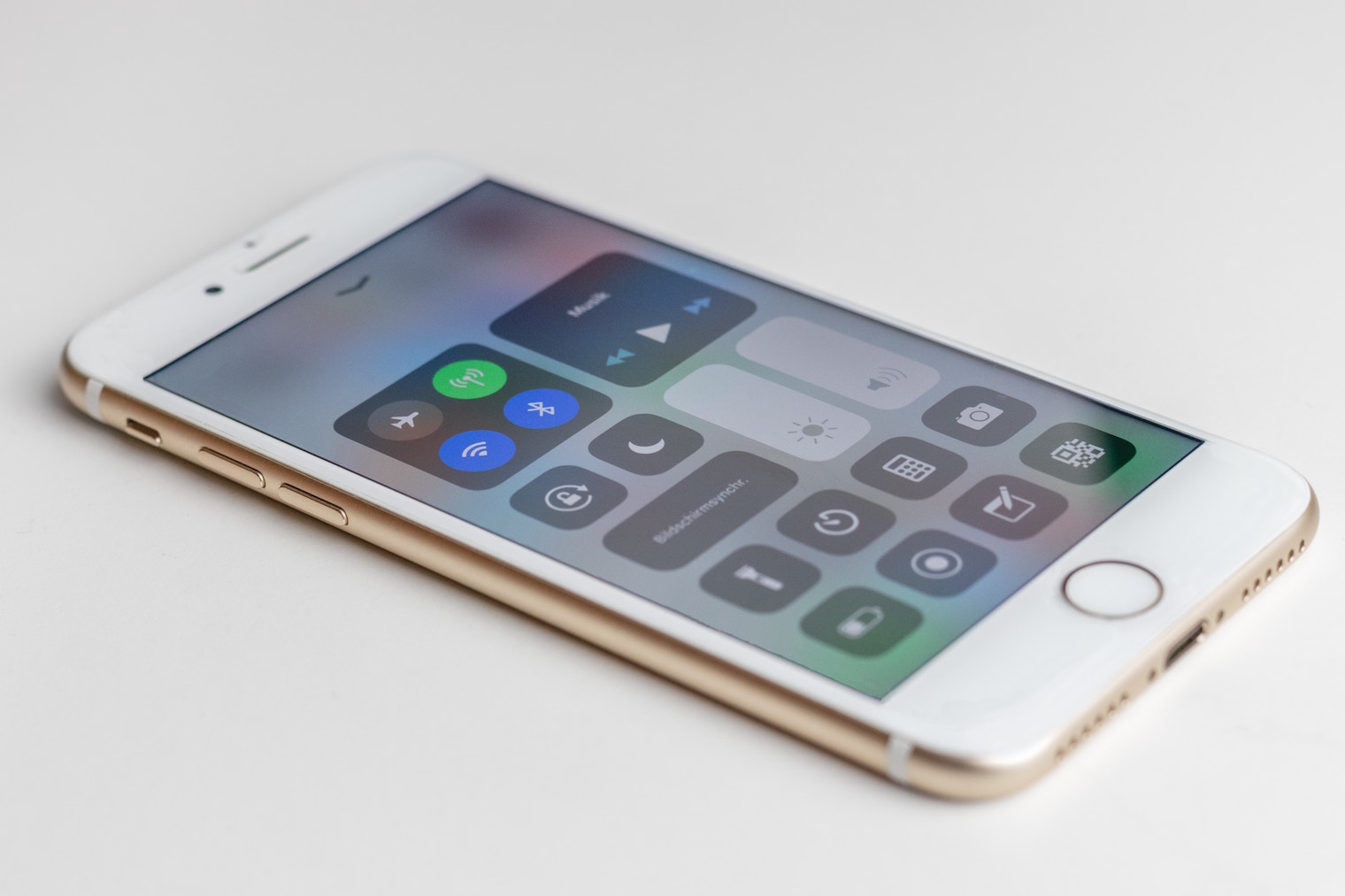
Bluetooth
It's certainly interesting why Bluetooth is named the way it is. The Czech Wikipedia states that the name Bluetooth is derived from the English name of the Danish king Harald Bluetooth, who ruled in the 10th century. We already have Bluetooth here in several versions, which differ in data transfer speed. E.g. version 1.2 managed 1 Mbit/s. Version 5.0 is already capable of 2 Mbit/s. The commonly reported range is stated at a distance of 10 m. Currently, the latest version is labeled Bluetooth 5.3 and was rebuilt in July last year.
Air play
AirPlay is a proprietary set of wireless communication protocols developed by Apple. It allows streaming not only audio but also video, device screens and photos along with associated metadata between devices. So here is a clear advantage over Bluetooth. The technology is fully licensed, so third-party manufacturers can use it and use it for their solutions. It is quite common to find support for the function in TVs or wireless speakers.

AirPlay was originally referred to as AirTunes to follow Apple's iTunes. However, in 2010, Apple renamed the function to AirPlay and implemented it in iOS 4. In 2018, AirPlay 2 came along with iOS 11.4. Compared to the original version, AirPlay 2 improves buffering, adds support for streaming audio to stereo speakers, allows audio to be sent to multiple devices in different rooms, and can be controlled from Control Center, the Home app, or with Siri. Some of the features were previously only available through iTunes on macOS or Windows operating systems.
It's important to say that AirPlay works over a Wi-Fi network, and unlike Bluetooth, it can't be used to share files. Thanks to this, AirPlay leads in range. So it doesn't focus on the typical 10 meters, but reaches where Wi-Fi reaches.
It could be interest you
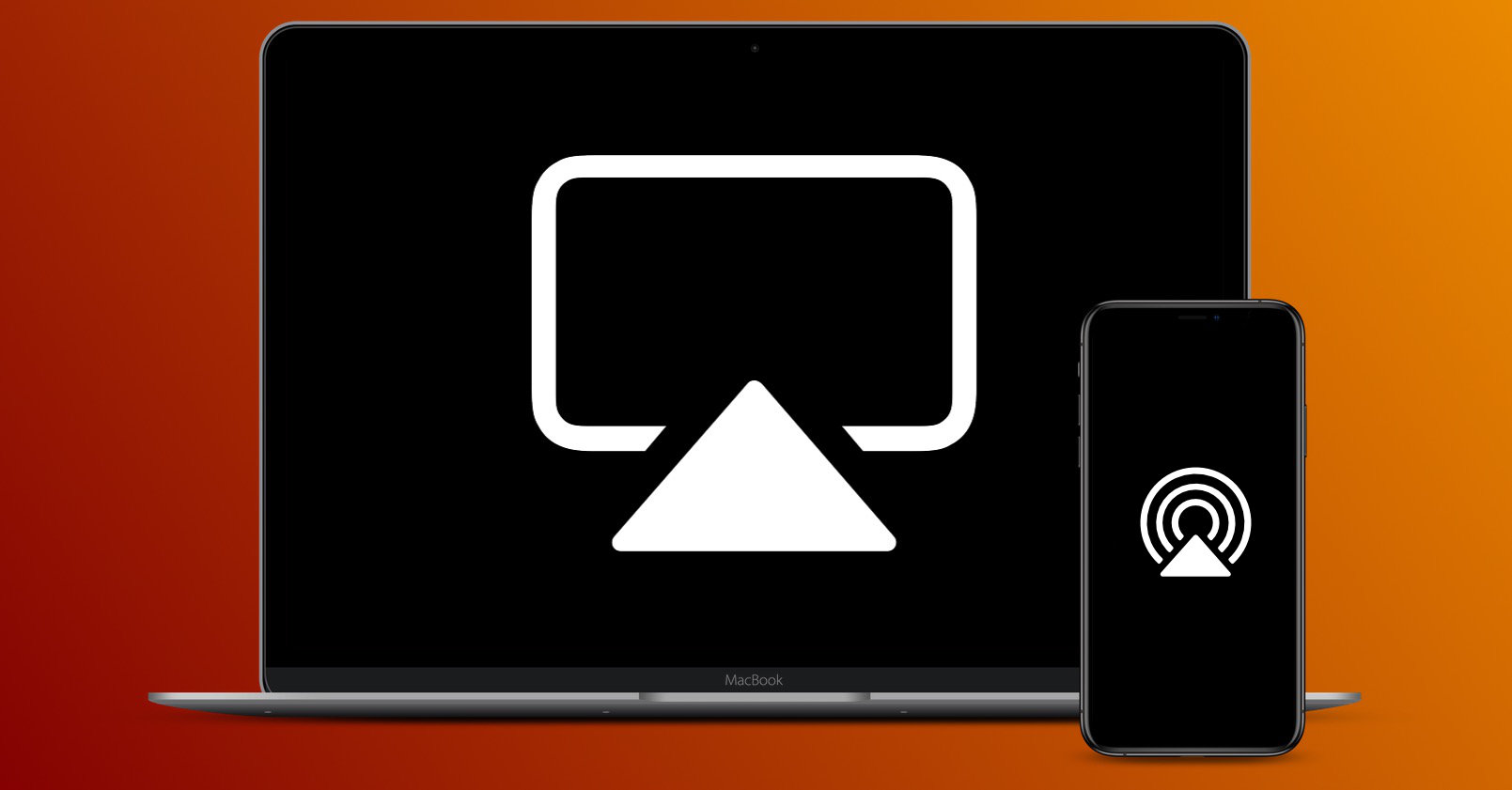
So is Bluetooth or AirPlay better?
Both wireless technologies provide internal music streaming, so you can enjoy an endless party without leaving the comfort of your couch, simply by pressing the play button in the app. However, both technologies are very different from each other, so it is not possible to clearly say whether one or the other technology is better.
Bluetooth is the clear winner when it comes to compatibility and ease of use, as almost every consumer electronic device includes this technology. However, if you're content to be stuck in the Apple ecosystem and use Apple products exclusively, AirPlay is the thing you just want to use.




